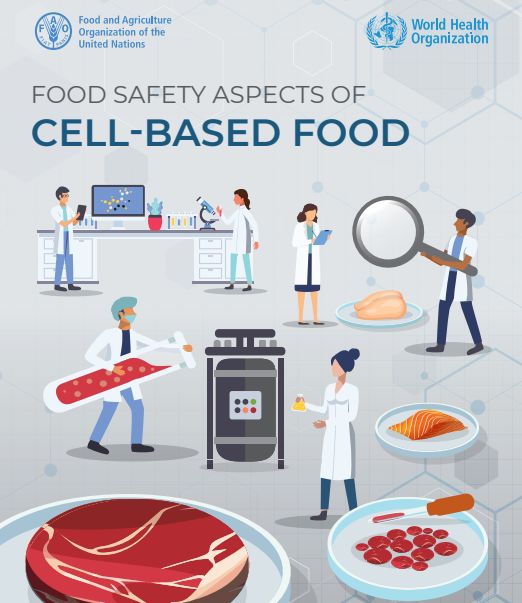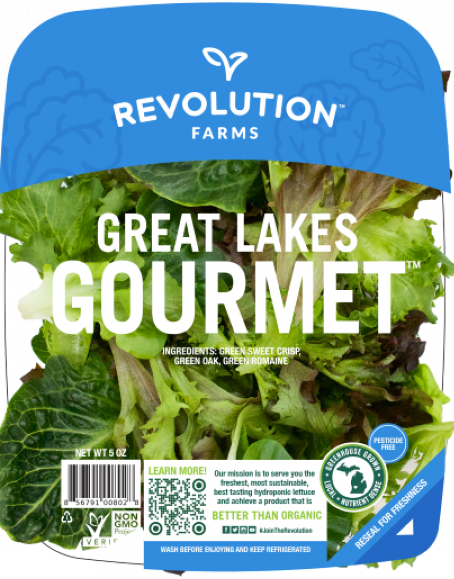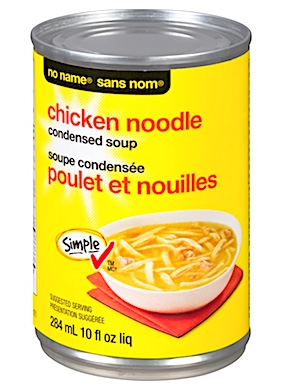The FSA reported that The Cambridge Food Company Ltd, trading as Cheese +, recalled 26 artesian cheeses because they might contain Listeria monocytogenes. One person died in the outbreak related to cheese. The FSA urged the public not to eat any of these cheeses. They include Pitchfork Cheddar, T & T Stilton and Old Roan Wensleydale options, The Cambridge Food Company’s of Alpen Cheese, Appleby Red Cheshire Cheese, Ashcombe Cheese, Beauvale Cheese, Bybrook Cheese, Cornish Kern Cheese, Cropwell Bishop Cheese, Dorset Blue Vinny Cheese, Duckett’s Caerphilly Cheese, Hafod Cheese, Kirkhams Lancashire Cheese, Lincolnshire Poacher Cheese, Mayfield Cheese, Montgomery Cheese, Ogleshield Cheese, Old Roan Wensleydale Cheese, Old Winchester Cheese, Pitchfork Cheddar Cheese, Quickies Mature Cheese, Rachel Cheese, Shropshire Blue Cheese, Sparkenhoe Cheese, Spenwood Cheese, T & T Stilton Cheese, Westcombe Cheese and Young Buck Cheese. The products are sold to wholesalers and retailers as 1kg wheels. In-store, they were cut into smaller pieces. The Cambridge Food Company last month recalled three cheeses, The Old Cheese Room Baronet, Baby Baronet, and Mini Baronet, due to Listeria being found in some batches of the products. Pennard Red Goats Cheese, with a best before the date of April 28, produced by Somerset Cheese Company, was recalled after it was found to contain Listeria. Three Listeria cases were detected, potentially linked to an outbreak, and one person died. @ https://www.food.gov.uk/news-alerts/alert/fsa-prin-10-2023
ruth
As commercial cell-based food production continues to expand, the urgency increases to address the question of food safety. Therefore, the Food and Agriculture Organization of the United Nations (FAO), in collaboration with the World Health Organization (WHO), has developed a document. It includes a literature review of relevant terminology issues, principles of cell-based food production processes, and the global landscape of regulatory frameworks for cell-based food production. The document also shows case studies from Israel, Qatar, and Singapore. During the Expert Consultation, all potential hazards were discussed in the cell-based food production stages: 1) cell-sourcing; 2) cell growth and production; 3) cell harvesting; and 4) food processing. Experts agreed that the focus might need to be on the specific materials, inputs, ingredients (including potential allergens), and equipment unique to cell-based food production. The way forward will include more research and development to understand whether the alleged benefits of increased sustainability can be realized. @ https://www.fao.org/3/cc4855en/cc4855en.pdf
ruth
The FDA reported that Revolution Farms (Caledonia, Michigan) recalled products packed between 3/3/23 and 3/11/23 because they could be contaminated with Listeria monocytogenes. No illnesses have been reported to date. The recall was initiated when the Michigan Department of Agriculture and Rural Development (MDARD) received a positive result for Listeria monocytogenes in a random sample test of a single package of Revolution Farms Green Sweet Crisp – 5oz Retail with Best By date of April 2, 2023. The recalled products were sold to the following retailers and food service distributors in the states of MI, OH, IN, IL, KY, and WI: SpartanNash stores, Meijer stores, Bridge St. Market, Kingma’s Market, Fresh Thyme Market Grand Rapids, Fresh Thyme Market Kalamazoo, Horrocks Market Grand Rapids, Doorganics, Cherry Capital Foods, Gordon Food Service, Van Eerden Foodservice, Vine Line Produce, Luna restaurant, Russ’ Commissary, and Pearson Foods Corporation. All recalled products were distributed under the Revolution Farms brand name. 5oz Retail packages are clear plastic trays sealed with printed lidding film and have a Best By date stamped on the bottom of the tub. 6oz Salad Kits are clear plastic tubs with a wrap label and have a Sell By date stamped on the side of the container. 3lb Bulk packages are clear, plastic bags packed 1 bag to a case with a Packaged On date stamped on the case label. Pictures to assist customers in identifying the recalled products are found at the end of this announcement. @ https://www.fda.gov/safety/recalls-market-withdrawals-safety-alerts/revolution-farms-announces-voluntary-recall-lettuce-because-possible-health-risk
Revolution Farms of Caledonia, Michigan is voluntarily recalling the listed products packed between 3/3/23 and 3/11/23, because they have the potential to be contaminated with Listeria monocytogenes, an organism which can cause serious and sometimes fatal infections in young children, frail or elder
ruth
According to the CFIA, Les Aliments BCI (Saint-Hyacinthe, Quebec) has recalled No Name branded and Selection Chicken Soup Products from the Canadian marketplace due to swollen and leaking cans and consequential risks of spoilage. The soups include No Name branded Chicken Noodle Condensed Soup, sold in 284 ml cans. No Name branded Cream of Chicken Condensed Soup sold in 284 ml cans, Selection branded Chicken Noodle Condensed Soup sold in 284 ml cans, and Selection branded Cream of Chicken Condensed Soup Reduced Fat and Sodium. The recalled products were sold nationally in Canada. @ https://recalls-rappels.canada.ca/en/alert-recall/various-brands-chicken-soup-products-recalled-due-swollen-containers




